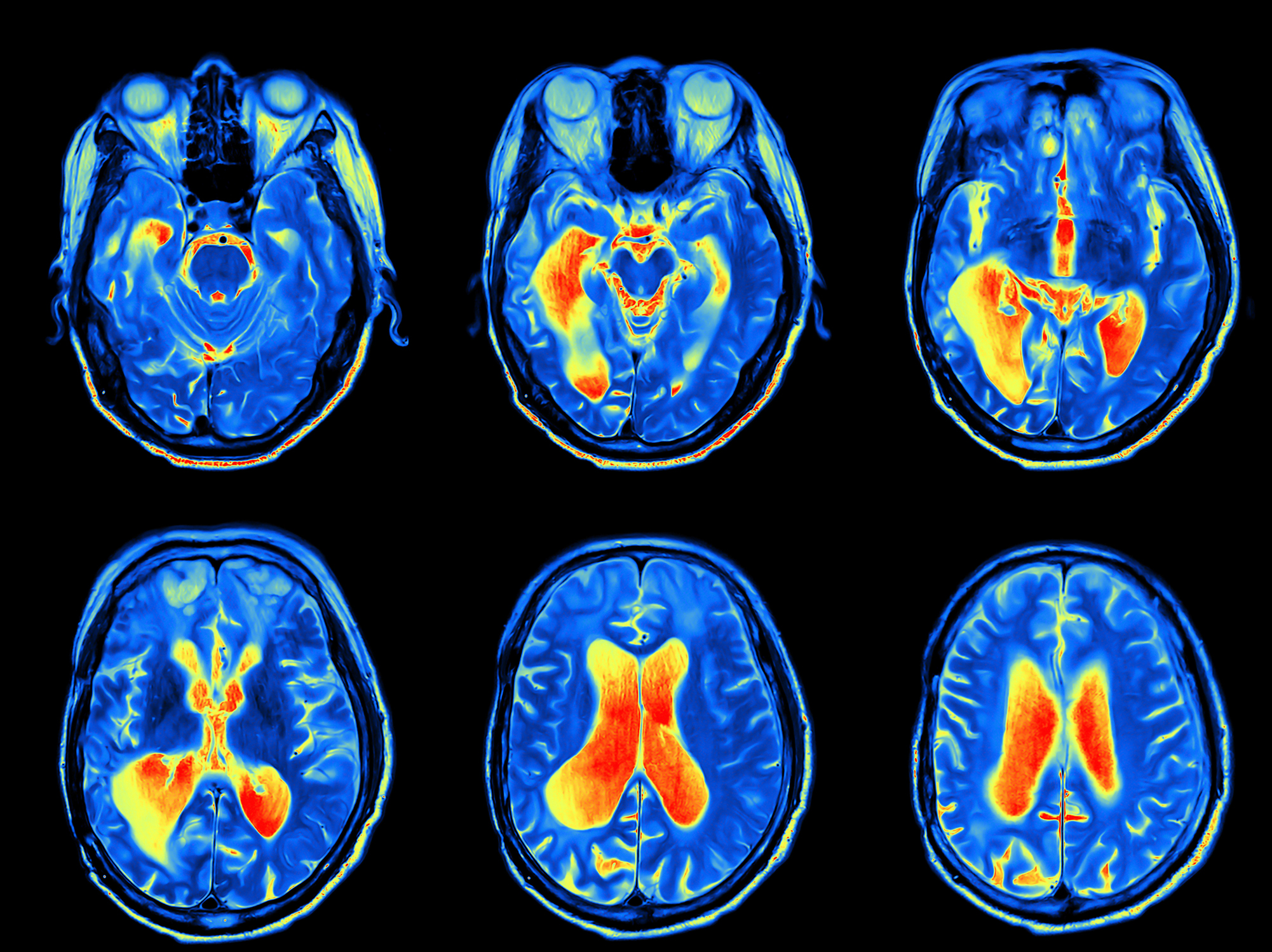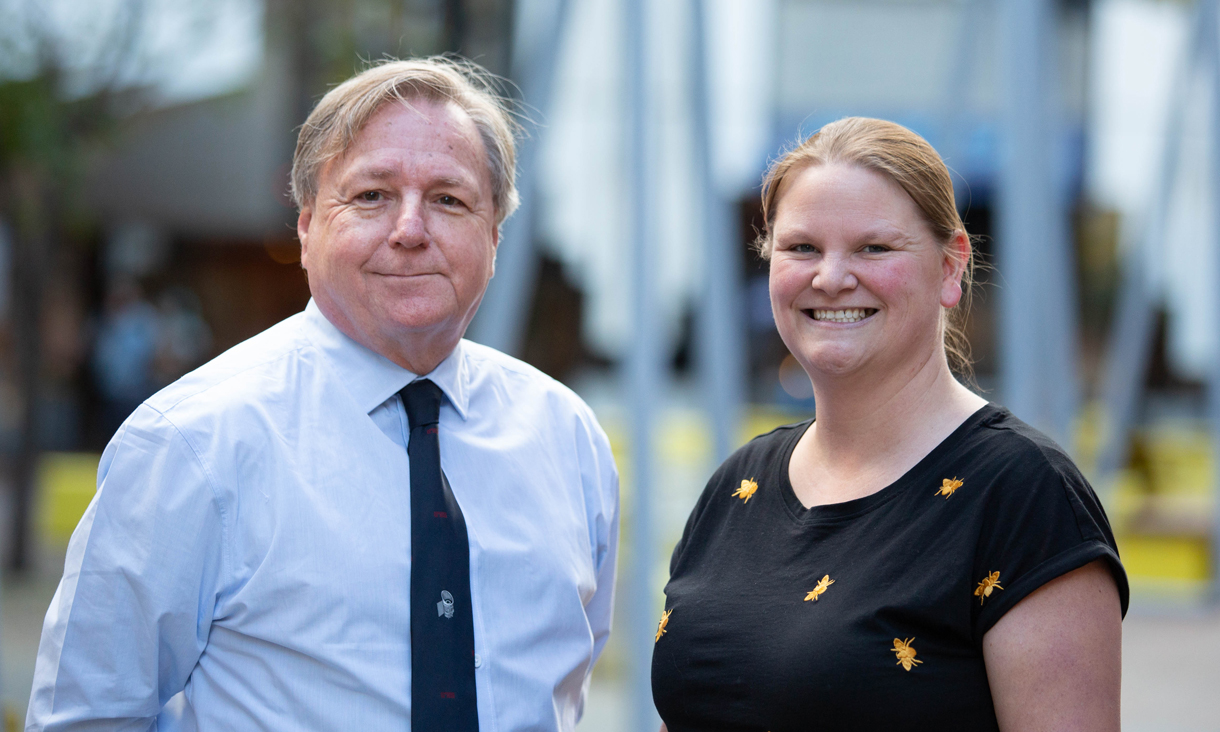Five ways junk food changes your brain
We know junk is bad for us, but we eat it anyway. RMIT neuroscientist Dr Amy Reichelt explains why junk foods are refined to hit you right in the sweet spot – your brain.
The science of fighting brain injuries in babies
In their search for ways to prevent and heal brain injuries in babies, researchers are delving deep to unlock the secrets of the developing brain.
3D optical biopsies within reach thanks to advance in light field technology
Researchers have shown that existing optical fibre technology could be used to produce microscopic 3D images of tissue inside the body, paving the way towards 3D optical biopsies.
Support services vital during forced mental health treatment
An evaluation of advocacy services provided to patients receiving mental health treatment against their will has found independent support is vital to their wellbeing.






